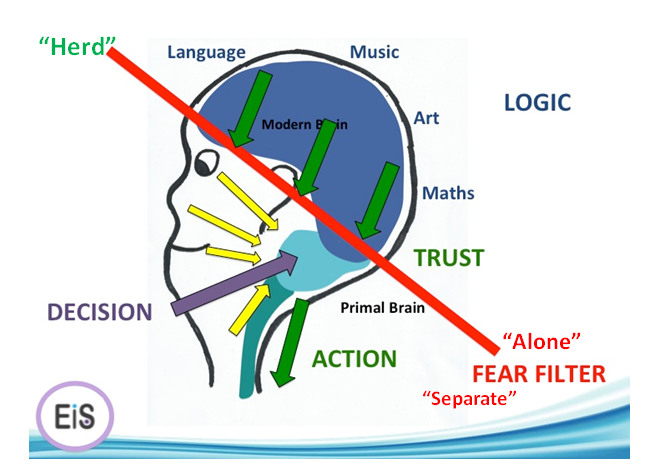 A few simple cues and small adjustments in how you relate to others can improve your life, at work or socially.
A few simple cues and small adjustments in how you relate to others can improve your life, at work or socially.
- When a group of people are laughing each person looks at the individual he or she likes the most because they want to make sure that the object of their desires approves and shares their sense of humour.
- Chew on something when you’re nervous or before an important conversation, a public speech, or any event that makes you nervous. Nobody eats when they’re in danger, so while you’re chewing your brain thinks it’s safe to relax.
- Staring passively at the other person can help you get any information you need. If you don’t like the answer or it seems they’re not telling you the whole story just keep staring at them. The silence will be so unbearable that they’ll be ready to tell you anything just to end it.
- Imagine that your future employer is a good friend of yours to avoid getting nervous during an oral exam or a job interview. Imagine that the person in front of you is a friend you haven’t seen in ages.
- Consider the possibility that the interviewer is as nervous as you are. Hiring the right person is important and most managers outside of HR specialists do not do it often.
- Come into the interview, or a meeting, with a smile. This will make you feel more confident and put them at ease too.
- Put a mirror behind your desk to reduce conflict. You’ll find that many people will be polite and ready to meet you halfway in negotiations. People are social creatures and one of our survival tactics is cooperation, so nobody likes to see themselves angry or annoyed.
- If you want to break up a fight, get something to eat. Eating is associated with relaxation and being calm, so the probability of a person attacking someone who is eating is very low.
- If you want to easily become friends with someone just ask them for a favour. It can be something simple like; passing the sauce, a napkin, the sheet of paper or even asking for some advice. The person who’s doing the favour will think they like you because they’re doing something for you i.e co-operating so you must be an ally.
- Schedule important meetings for the beginning or the end of the day because people remember things best when they happen at the beginning and end of the day.
- To make participants attend and be punctual for meetings, specify a weird time and duration for the meeting. This is called the Swiss trains approach. If a person sees a meeting from 9:22 to 9:46 on their schedule they’re more likely to be on time and things will stick to the agenda more precisely.
- Pay attention to the direction of feet while talking to other people. Their feet can help you understand their true feelings in a conversation. If they turn their body to you, but not their feet, it means they’re not interested in talking to you or are hiding something. Also, if the tips of their shoes are facing a different direction, it means they want to get away as soon as possible.
- Subtly copying other people’s body language will help you win their trust. The person doesn’t consciously realize that they see themselves in you because of the familiar gestures.
- So that people see that you’re paying attention during a conversation, smile when you’re listening to their good news and frown at the mention of bad events in their life.
- A sincere smile is a great way to build trust in any situation. When your smile isn’t forced your mood also improves, you start to exude warmth and people feel it. But if you are forcing the smile it can have exactly the opposite effect, so be sure to be thinking of something that makes you happy enough to generate a sincere smile before you approach or enter the room.



 Is selling something one person ‘does’ to another?
Is selling something one person ‘does’ to another?











